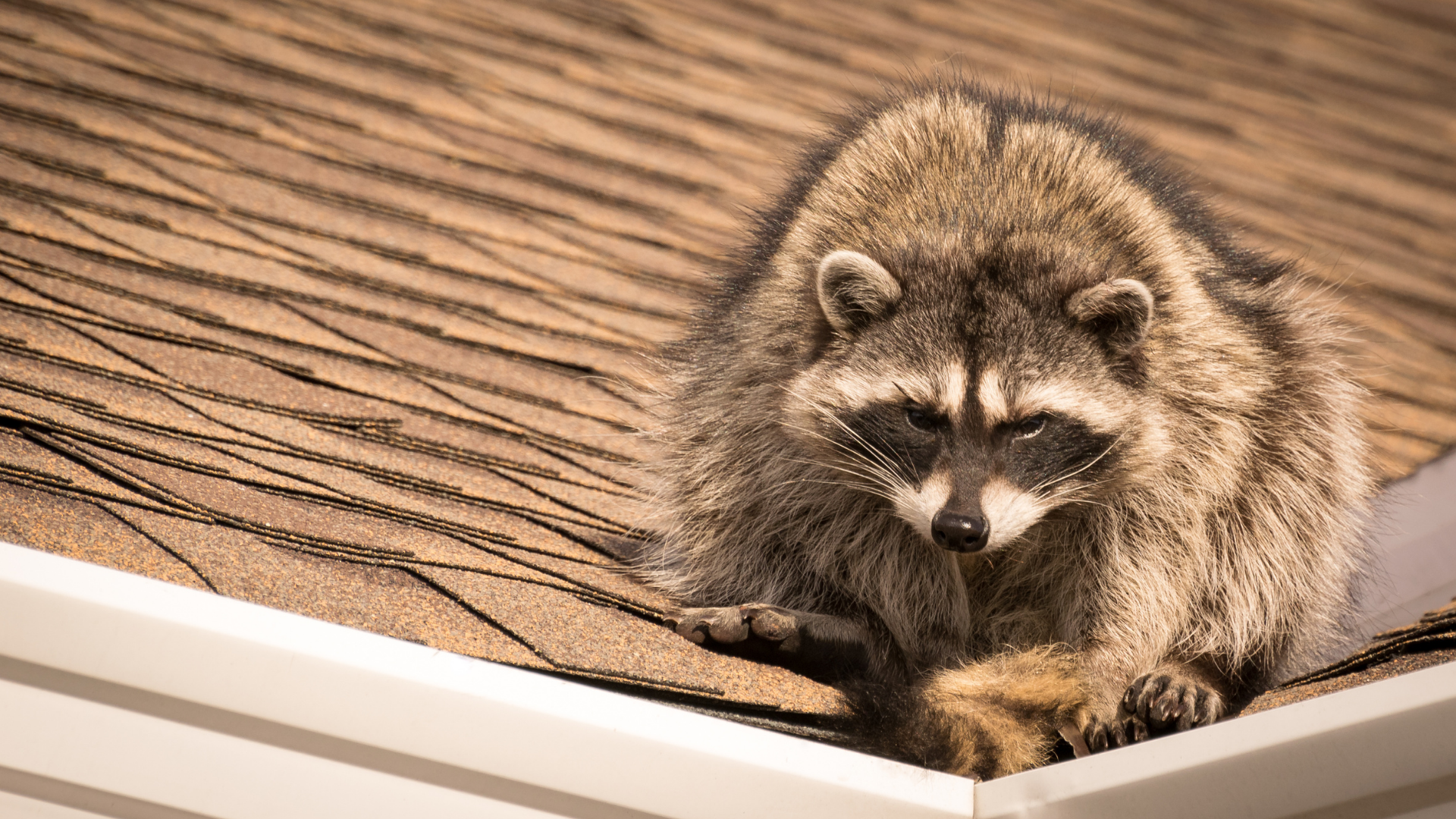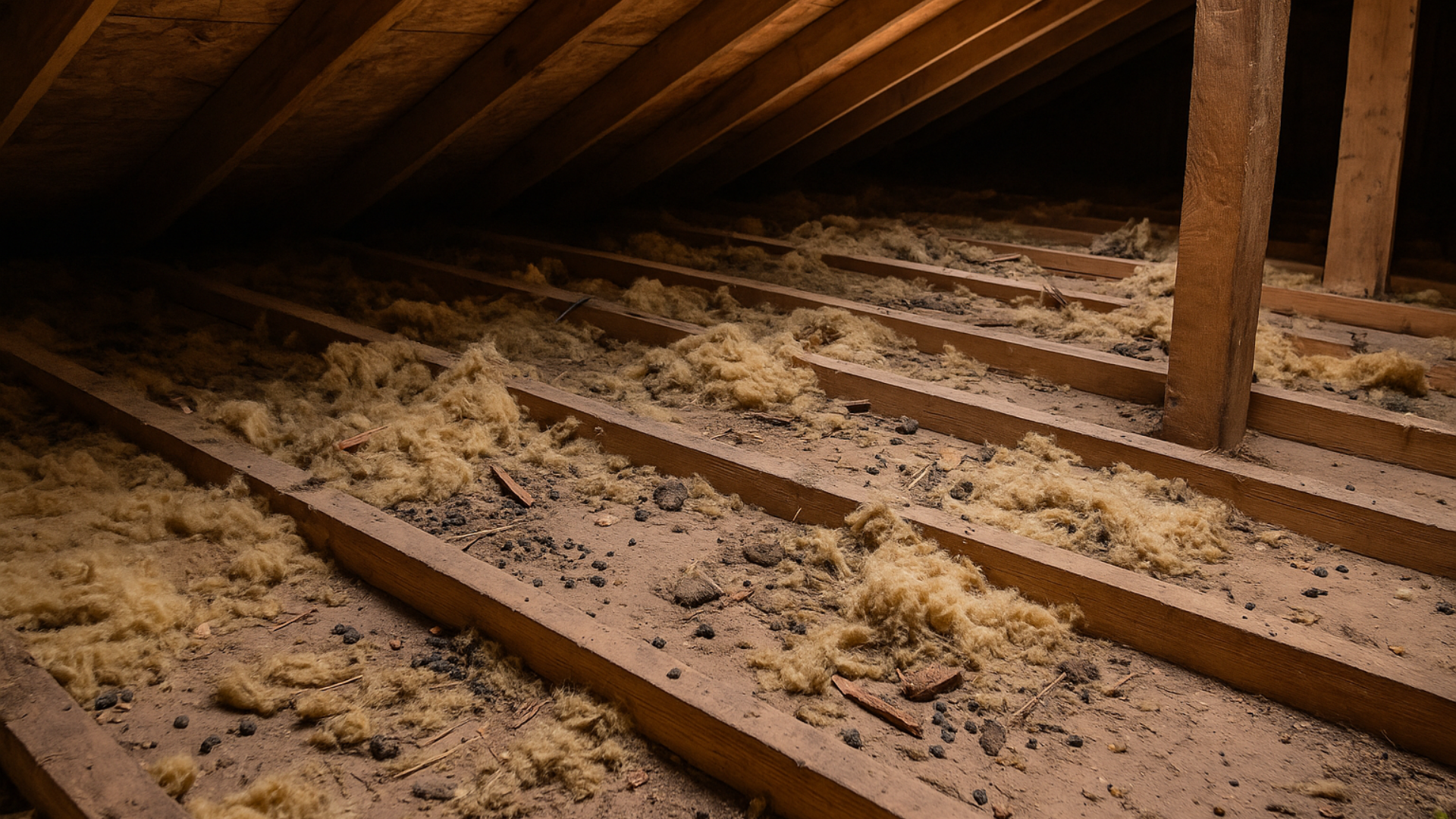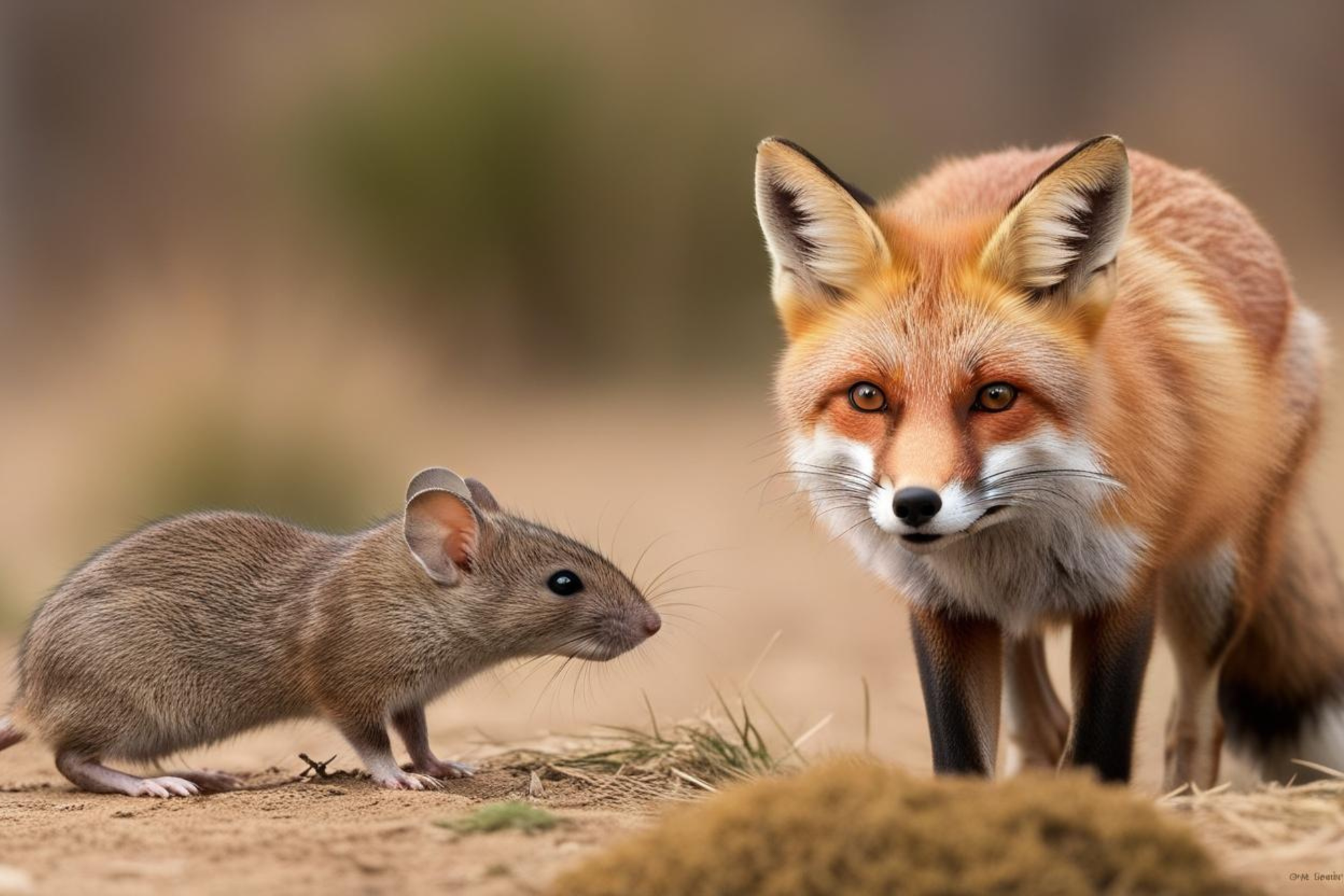How Wildlife Uses Landscaping Features To Enter Homes
The Connection Between Yard Design And Animal Intrusions
When people think about wildlife getting inside their home, they usually imagine a raccoon crawling down a chimney or a squirrel slipping through a loose attic vent. But the truth is, wild animals are clever and persistent, and some of their most reliable pathways into our homes come from the way we design our yards. Those beautiful landscaping features—trees, fences, mulch beds, and even stone retaining walls—can double as stepping stones for curious critters looking for warmth, food, or shelter.
It’s not just about leaving a door open. Wildlife uses our own structures to bridge the gap between nature and the indoors, and once they’re in, the damage they can do is anything but minor.
Trees That Lean A Little Too Close
We plant trees for shade, beauty, and privacy. But to a raccoon or a squirrel, a tree is just the first leg of a journey. When branches hang over or brush against the roofline, they create a perfect highway. Animals can scurry up the trunk, hop onto a limb, and then drop right onto the roof. From there, it doesn’t take much—maybe a small gap in the soffit or a rotted fascia board—for them to find a way in.
The issue isn’t just limited to large branches either. Even thinner ones can give smaller animals like mice and chipmunks a helpful boost. What seems like an innocuous bit of landscaping becomes an unintentional ladder. Over time, these animals can gnaw at weak points, widening their entry options.
And once they're inside the attic or crawl space, they don't just hang out. They'll dig, scratch, chew, and leave behind messes that affect insulation, wiring, and even the structure of the home. All thanks to that innocent-looking maple out front. Sometimes, all it takes is a single storm to push a branch just a few inches closer to the roof, making access even easier.
Fences And The Illusion Of A Barrier
Fences might give us peace of mind, but they can create a false sense of security. A wooden or vinyl fence might keep the neighbor’s dog out, but it won’t do much to stop determined wildlife. In fact, for many animals, fences aren’t a barrier at all—they're a springboard.
Opossums, raccoons, and even foxes are excellent climbers. They'll scale vertical surfaces with ease and use the top of the fence as a perch to scope out their next move. If that fence runs close to a deck, a window, or a portion of the roof, it becomes a ramp leading directly to an entry point. And if there’s any ivy, shrubs, or decorative lattice built in? That’s just bonus traction for their climb.
Some fences also trap animals inside yards without people realizing it. Once they're in, their only option is to head toward the home to find shelter or a way out. That little gap under the deck starts to look pretty inviting. Fences can also conceal burrow entrances or digging activity around the foundation, which might go unnoticed until serious structural issues emerge.
Mulch Beds: More Than A Garden Accent
Mulch helps retain moisture, reduces weeds, and gives a yard a neat, finished look. But that layer of organic material also makes a cozy hideaway for rodents and insects. It's soft, warm, and holds heat well—exactly what a small animal looks for when nesting.
When mulch beds are positioned directly against the foundation of a home, it's only a matter of time before something living underneath starts exploring cracks, gaps, or openings in siding. Voles and mice especially love the cover mulch provides. It keeps them out of sight from predators and lets them travel along the perimeter of a home undetected.
The problem compounds when mulch is applied thickly or allowed to accumulate over time. Not only does this encourage burrowing, but it can hide structural weaknesses or even lead to wood rot around the base of the home—further enticing wildlife to move in. Even insects, like termites and ants, often take advantage of the consistent moisture mulch provides, setting up colonies dangerously close to the structure.
Retaining Walls: A Path With Hidden Perks
Retaining walls might seem like an odd thing for wildlife to use, but they’re surprisingly helpful. Many animals are hesitant to cross open spaces where they feel exposed. Walls provide shelter and a sense of security. They’re often built with natural stone or wood, which can crack, split, or shift over time. Those little imperfections? They're doorways to insects, moisture, and warmth—basically an invitation.
For ground-dwelling animals, retaining walls can lead straight to areas under porches, patios, or walkways. And if those areas aren't sealed, they're wide open for nesting. Skunks, groundhogs, and snakes have all been known to make themselves at home behind or underneath these features, especially when landscaping is designed without wildlife deterrence in mind.
Even walls built purely for aesthetic reasons—like a decorative border around a flower bed—can become a rest stop for small animals. If they’re built up close to siding or vents, it's just a short hop from the garden to the interior of the home. Over time, those retaining wall crevices can become more than just a hiding place—they may serve as a breeding ground, adding even more pressure on nearby structures.
Landscaping is meant to enhance a property, not open it up to unexpected visitors. Unfortunately, many homeowners don’t realize just how much of a helping hand their yard is giving to local wildlife. That’s where we come in. At Veteran’s Pride Wildlife Control, we understand how to identify these hidden pathways and block them before they become bigger problems. Whether it’s trimming back branches, reinforcing fencing, or sealing up points of entry near your retaining walls and garden beds, we know exactly what to look for.
If you’ve noticed signs of animals hanging around a little too close for comfort—or you just want to be proactive—contact Veteran’s Pride Wildlife Control today. We’re here to help you protect your home and reclaim your space from unwanted guests. Let’s take care of it together.










